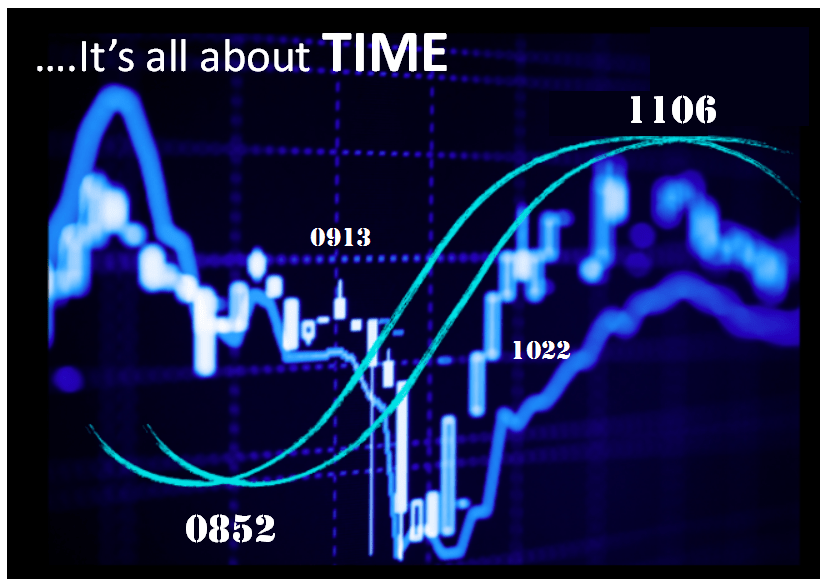Over the course of the last nine years we have been pioneering money and innovative ways to forecast the markets that people are researching and trading using predictive trading Indicators. The majority of that time we have focused intensely on shorter-term trade set ups, where most of the signals fall within a one minute to a 15 minute or even a 60 Minute time frame. However in the last several years we have begin to explore new ways to analyze the market on even higher time frames including daily bars and end of day bar analyses.
In the following tutorial video several different methods and techniques for projecting what the major Futures and Forex markets will do out into the future. This indicator focuses on 4 predictive phases, whose arrival dates are known out into the future. Using the 4 energy phases - we can anticipate which phase of the 4 is about to come next, and study what usually happens at that phase. In this sense, this Ninjatrader indicator (as well as Tradestation indicator) is unique in it's ability to tell us what should or might happen in the future.
We also explore the concept of "exertion" levels at these phases. That is to say, we study how far the market moves on average at each of the past phases when we arrive at them. This can give us some sense of knowing how far to expect a market to move when it eventually does move. We'll usually see 2-3 "groups" of exertion levels, as you'll see in the video. These exertion levels are measured at the dates of the past moves, using the predictive market indicators like the Daily Cycle Marker tool. We demonstrated this technique earlier in our analysis of the 6B, Great British Pound futures instrument.
Finally - we'll focus on the support and resistance network of the market. Time has 2 components - Time, and Price - that make up every one of these time events. We can focus on the purely horizontal support and resistance levels of these markets, predicting where a move is most likely to go. In addition - and perhaps more accurately - we can see what the "hybrid" angle resistance lines are doing - hybrid lines being a dominant angle that represents that market's unique combination of time and price. Each market has a unique angle it follows, and the video will describe how to find those lines, and how to project movements out into the future using those lines.
The markets in our opinion are not random - in the sense that we can apply these types of predictive analyses to them using predictive market indicators. See how the ES analysis this one morning allows the moderator to call the high and the low of the day before the move occurs - and then watch with him and the students what happens an hour after predicting the market movements.


